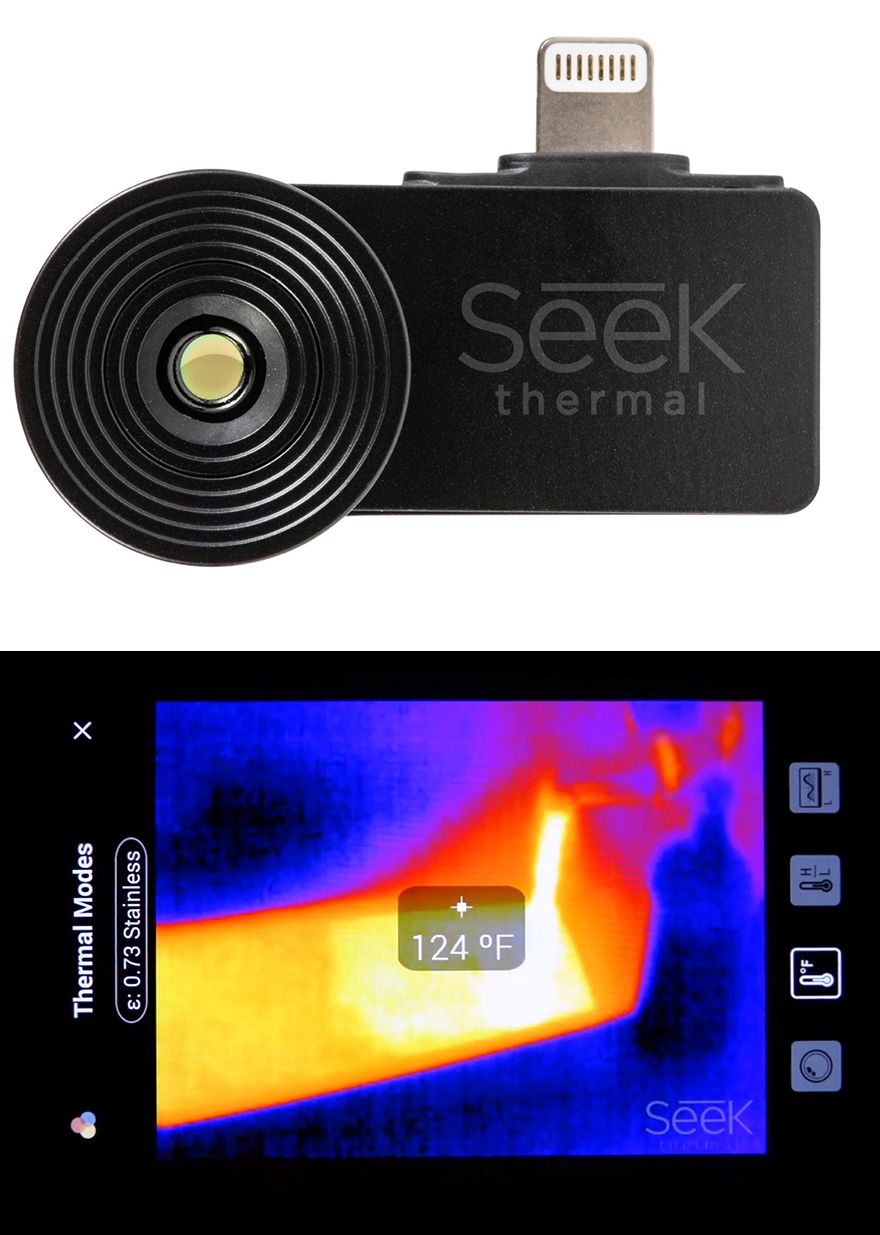Can Thermal Imaging See Through Walls

No thermal camera can see through a wall or any solid object.
Can thermal imaging see through walls. It is also important to know that thermal imaging cameras should not be used as the only deciding factor that a problem exists. Thermal imaging has also been used to improve energy conservation. Police now see through walls and know if you re home. That s what the seek thermal camera does.
Thermal imaging devices can t see through walls. Thermal cameras read the heat radiating off of an object. The colors we see everyday are between the uv and ir on the spectrum outside that tiny portion of the light spectrum the light is invisible to use. It may see the heat coming from a house but it can t see into the house because the camera picks up the house s exterior thermal image first.
Walls are generally thick enough and insulated enough to block any infrared radiation from the other side. To understand this one needs to know how infrared thermal imaging works. The range r is a piece of military equipment that police are using now to check if there s someone in a building. When focused on a building they identify the parts of a structure that give off more or less heat than others.
Using other instruments should always be used to confirm the problem. Imagine plugging a pocket sized camera device into your smart phone and then being able to see leaky pipes or ductwork inside walls. Though thermal imaging previously required special gear costing thousands of dollars the seek thermal camera sells for from about 199 to 250 and is available. No thermal cameras cannot see through walls at least not like in the movies.
Can thermal cameras see through walls. Can thermal imaging see through walls. Humans can only see the tiny visible portion of the light spectrum. Infrared light is part of the invisible light spectrum.
If you point a thermal camera at a wall it will detect heat from the wall not what s behind it. The common misconception is that thermal camera can see heat and nothing else therefore if there is a heat source behind a wall or solid object it should pick up the heat.















































